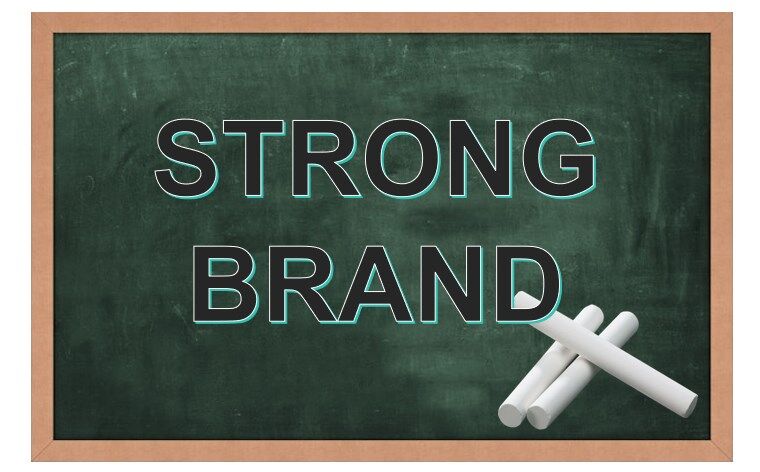

10.1ブランドの健康の監視
ブランドのパフォーマンスを定期的に評価することは、長期的な成功に不可欠です。ブランドの健康監視ブランドの認知度、顧客満足度、市場シェアなどの主要なメトリックの追跡を行い、ブランドが強力で競争力を維持することを保証します。
消費者調査市場のフィードバックを分析することで、改善と成長の機会の分野に関する貴重な洞察を提供できます。10.3通常のブランドの評価と調整
ブランド評価ブランドの関連性と有効性を評価できます。必要な調整を行うことで、ブランドが消費者のニーズと市場動向に沿ったままになります。グローバルな戦略とローカライズ
国際戦略。適切な市場を特定し、地元の規制を理解し、製品とメッセージを適応させることは、グローバルな拡大を成功させるための鍵です。11.2さまざまな文化や市場のニーズに適応します
ブランドメッセージ地元の文化や好みに合う製品は、国際市場で強力なブランドの存在感を高めることができます。11.3グローバルブランドの影響力の構築
国際的な認識と忠誠心。結論:ブランド構築の包括的かつ長期的な性質
読書をお勧めします:トレンドを勝利に変える方法:製品開発のガイド今日のデジタル景観では、
幅広い視聴者にリーチするためには不可欠です。ソーシャルメディアプラットフォームを使用すると、消費者と直接関わることができますが、電子商取引サイトは便利なショッピング体験を提供します。これらのチャネルを効果的に活用することにより、ブランドの可視性とアクセシビリティを向上させることができます。7.2オフラインマーケティング:玩具フェアと物理店オンラインショッピングの台頭にもかかわらず、
おもちゃ業界では依然として重要です。おもちゃの見本市、展示会、物理店は、消費者があなたの製品と直接やり取りする機会を提供します。これらの経験は、ブランドの忠誠心を強化し、売り上げを促進することができます。7.3クロスブランドのコラボレーションと共同ブランド製品他のブランドやインフルエンサーとのコラボレーションは、ブランドの範囲を増幅することができます。補完的なブランドと提携することで、作成できます
カスタマーエクスペリエンスとブランドロイヤルティ8.1顧客のフィードバックと相互作用の評価顧客の話を聞くことは、強力なブランドを構築するための鍵です。積極的に探して応答することによって
、製品とサービスを改善し、顧客満足度と忠誠心を高めることができます。8.2カスタマーサービスとサポートの強化素晴らしい
ブランドの忠誠心の礎です。タイムリーで効果的なサポートを提供することで、問題が解決するだけでなく、顧客に永続的な前向きな印象を残します。8.3ビルディングロイヤルティプログラムとコミュニティロイヤルティプログラムと顧客コミュニティは、ブランドとの長期的な関係を促進します。提供
ブランド保護と知的財産9.1商標登録と著作権保護ブランドの知的財産を保護することは、あなたの評判と市場の地位を保護するために不可欠です。
著作権保護は、他の人がブランドの資産を利用することを妨げます。9.2偽造と侵害の闘いおもちゃ業界は、偽造に対して特に脆弱です。実装
侵害を積極的に監視することで、ブランドの誠実さを保護し、消費者が本物の製品を受け取ることを保証することができます。9.3ブランドのイメージと評判の維持あなたのブランドのイメージと評判は非常に貴重な資産です。あなたのブランドの約束を一貫して提供し、公共の認識を管理することは、前向きなものを維持するために重要です
継続的な監視とブランド評価
メールフォーマットエラー
emailCannotEmpty
emailDoesExist
pwdLetterLimtTip
inconsistentPwd
pwdLetterLimtTip
inconsistentPwd